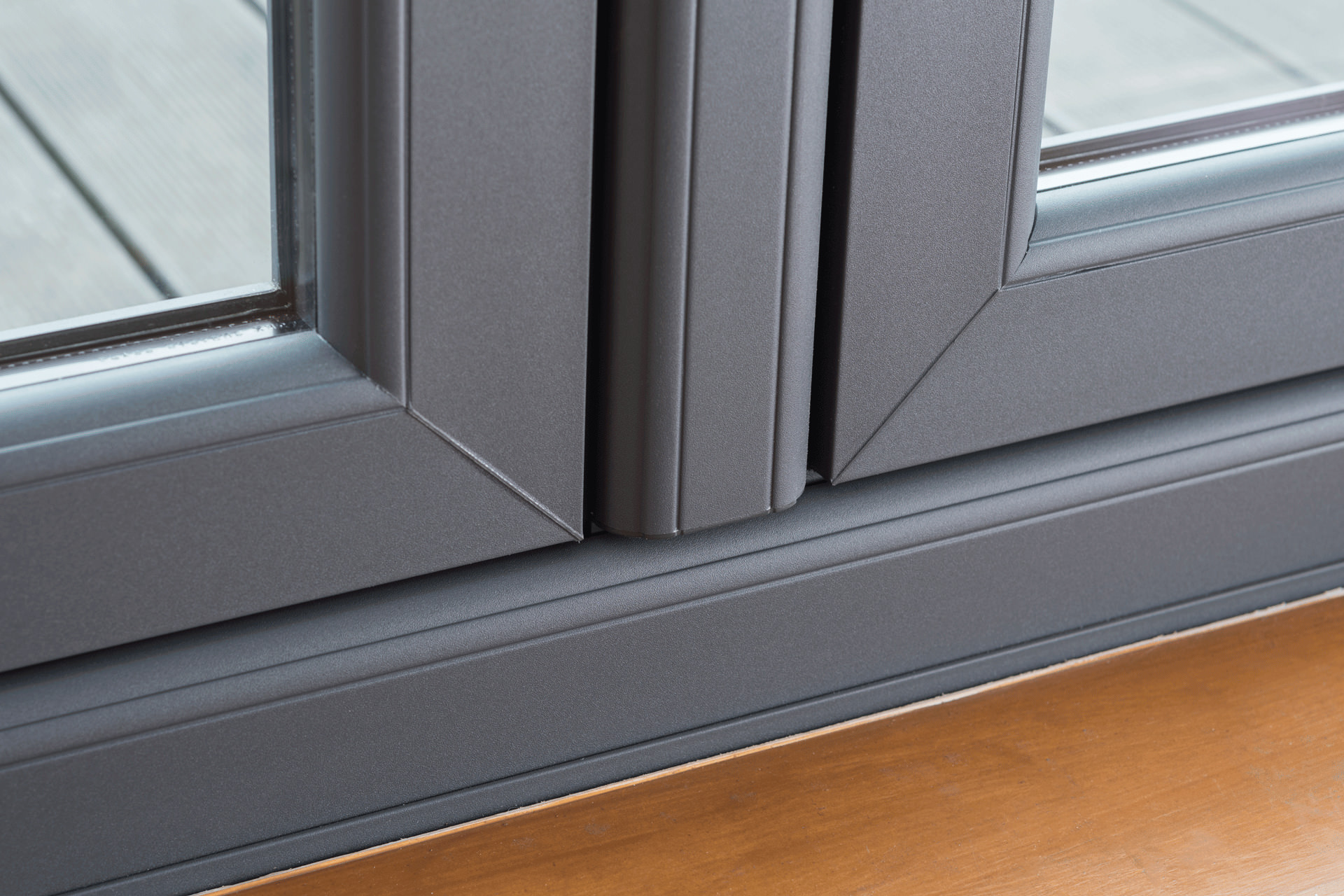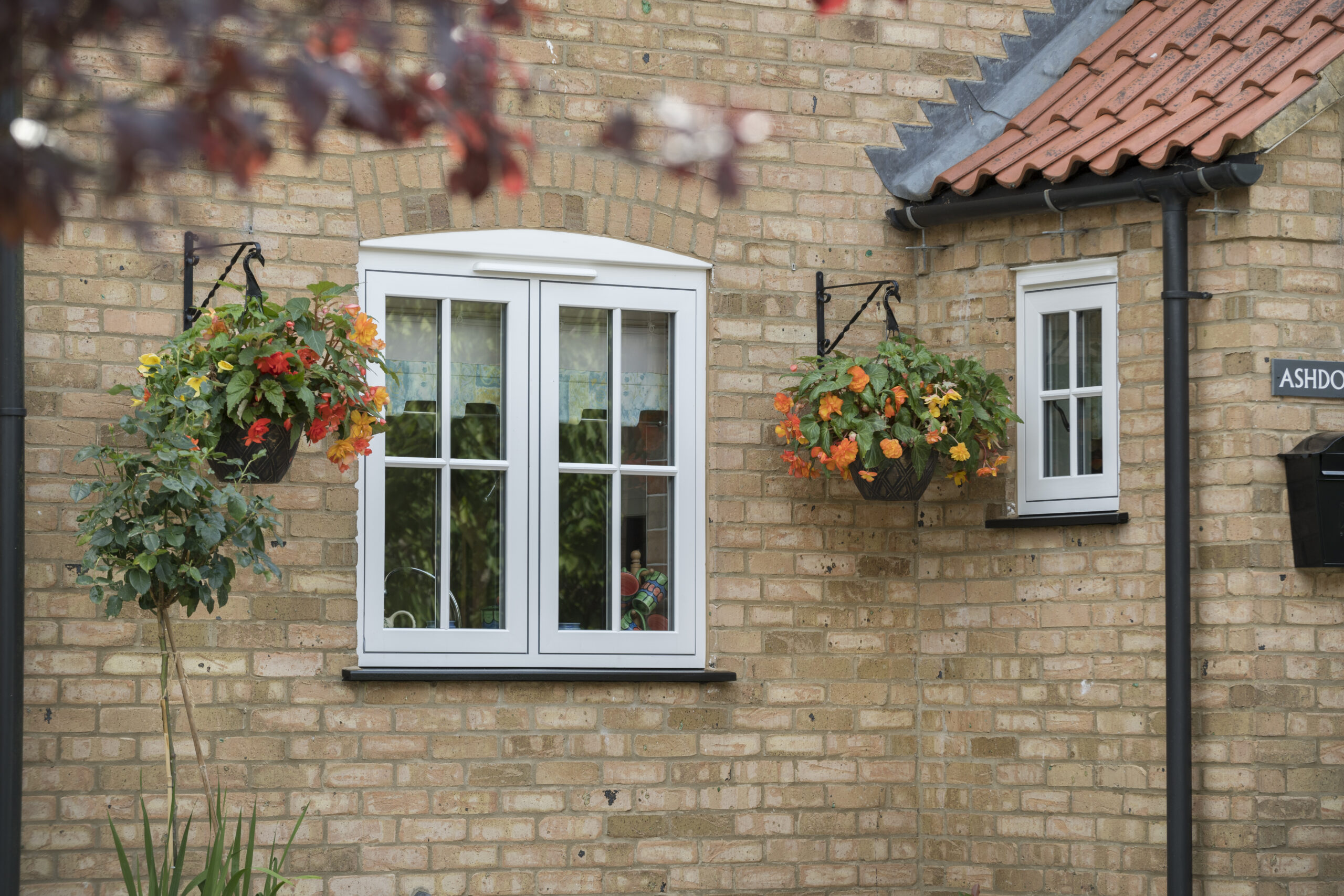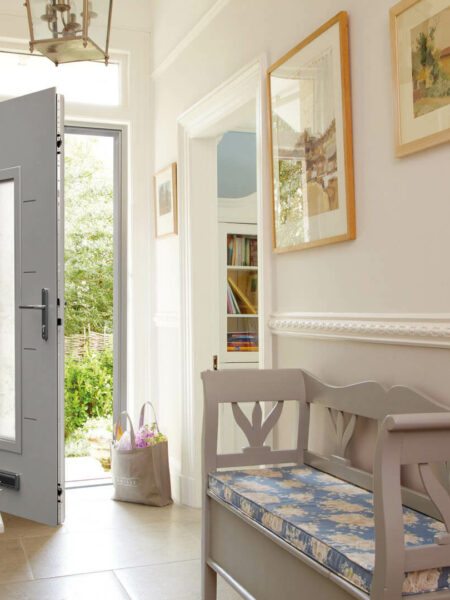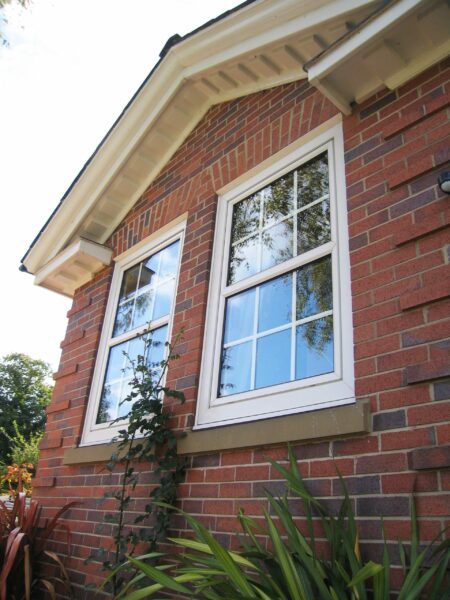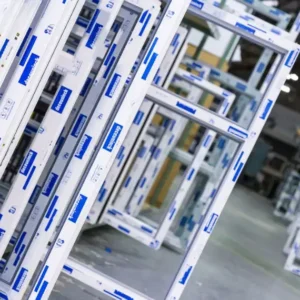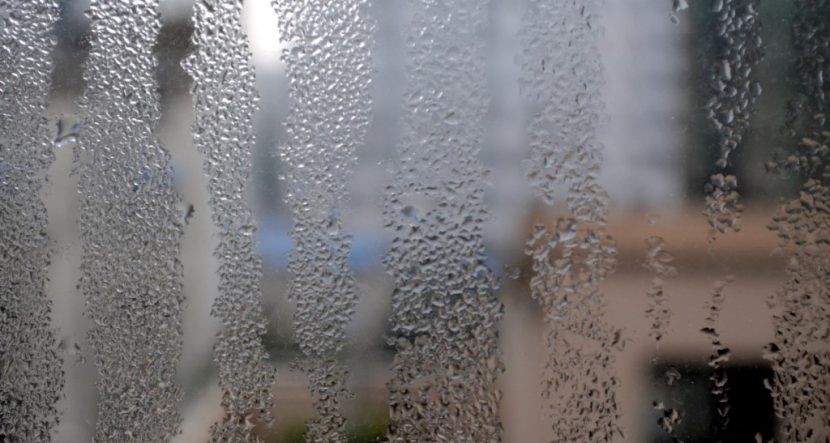
Double Glazing and Condensation

Double Glazing & Condensation – Its Causes & Cure
At some point in our lives, we have probably all seen double glazing and condensation. For example, it can build up on the windows in the kitchen when we are cooking. It can form inside the glass panes. And sometimes you have maybe even seen it form on the outside of the glass! But what is it? How does it form? And what can you do to help combat it?
What is Condensation?
The scientific definition of condensation is the process by which a gas or vapour changes into a liquid. Water is all around us, in the air in vapour form. We can’t see it, but on humid days we can certainly feel it! Air has a maximum amount of water that it can hold. Increasing the temperature of the air allows it to hold more. But at some point, it will reach its capacity and when that limit is reached it is considered saturated.
When saturated air comes into contact with a surface which is cooler than itself, then the moisture within gathers as droplets on glass. It can gather in different areas on the window and for different reasons. But it always gathers when air containing a high moisture content comes into contact with a cold surface. It can often look like a fault with the window or the double glazing. But with the exception of one instance, it is not.
Where can Double Glazing Condensation Form on the Glass?
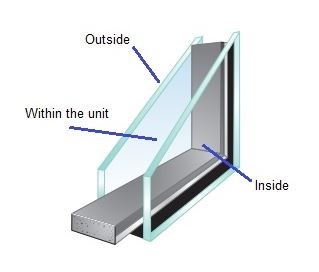
Inside the window on the glass (internal condensation):
This tends to be what we see when we have been creating a lot of moisture in our house. We often find it as little pools on the window cill and it can look like a window is leaking.
Inside the unit between the glass panes:
On old windows, water can form between the panes of glass. This looks unsightly and can spoil our view.
Outside the window on the glass (external condensation):
This tends to be on new windows. Condensation can form on the outside of the glass and obscure our view. It often happens in the morning.
Double Glazing and Condensation Inside the Window on the Glass (Internal)
Condensation that forms inside the house on the inside of the window pane can be a serious problem. Modern windows are more thermally efficient, creating rooms that are warmer. But these improvements in energy efficiency have also created rooms that have less ventilation and, therefore fewer air changes. The result of this is that the moisture we create just by living our everyday lives – breathing, making a cuppa, bathing, cooking, washing, laundry – has nowhere to escape to.
In ideal conditions, this moisture, which has nowhere to go, finds the coldest surface to form on, which is usually the glass on your windows. Homes which have a high water content in the atmosphere can experience damage to paintwork, curtains, wall coverings and window fittings. In some cases, it can run down the window and form a pool on your window sills, looking like the window is actually leaking. But how do you combat this kind of condensation without sacrificing your comfort?
The four main factors which contribute to condensation on double glazing are:
• Water vapour content of the air
• Inside room temperature
• Outside temperature
• The variation between the inside room temperature, the outside temperature and the double glazing.
The first two points are really the only ones we can control and are the two that we can make changes to in order to improve a condensation problem.
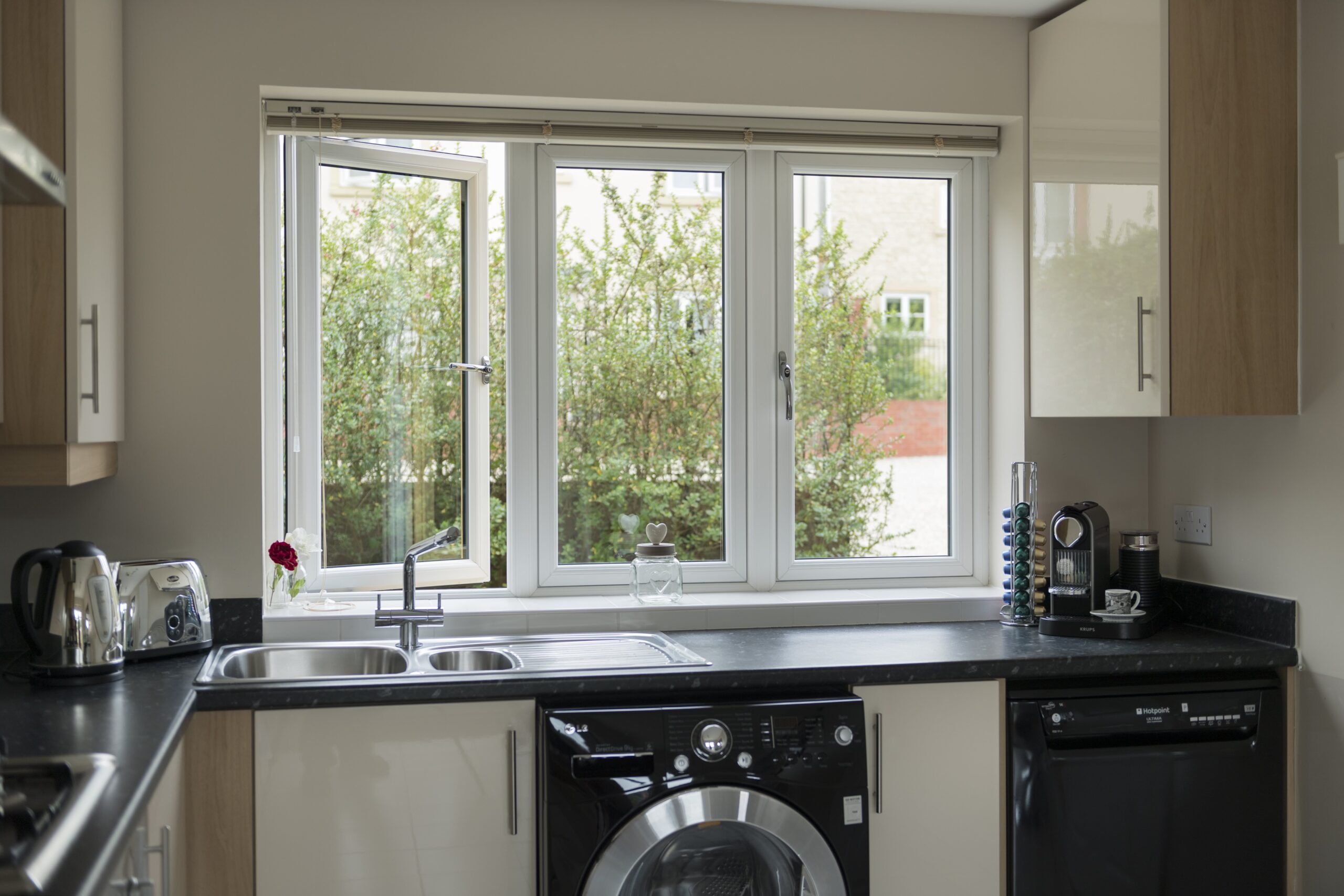
Water Vapour Content of the Air
Water is released into the atmosphere as we live and breathe. We can control the level of moisture in the air inside our homes by using appropriate measures of ventilation. Extractor fans in the kitchen and bathroom, using the background or trickle ventilation within your windows, or by using purge ventilation and opening a window when we are performing activities that create a lot of moisture like cooking and bathing. If you are suffering badly with condensation, you can also look at what activities you perform that put a lot of moisture into the air. For example, if you always dry your clothes inside, then consider an outside washing line instead. Finally, in serious cases when all else has failed. portable dehumidifiers can be used.
Inside room temperature
Improve inside room temperature by replacing single glazing with double or triple glazing. This allows for a higher surface temperature of the glass within the room, which in turn makes the air within the home warmer, which allows it hold more water vapour before it condensates. The likelihood of condensation occurring where double or triple glazing is installed is generally lessened. Because it is an insulator the surface of the glass is likely to be warmer than old single glazing. Because of this people often incorrectly believe that double glazing and condensation should never occur together. However, it is important to remember that whilst double glazing will make the window warmer, it cannot control the level of moisture in the air. When rooms are inadequately heated and there is little heat to retain, the glass becomes the coldest surface. If the moisture level in the atmosphere is too high for the temperature of the air, then it will condensate.
Remember the combination that is required for condensation to form – high water content in the atmosphere and a low glass surface temperature. Therefore, it is important to remove excess moisture by ventilating rooms to prevent problems from occurring with double glazing and condensation.
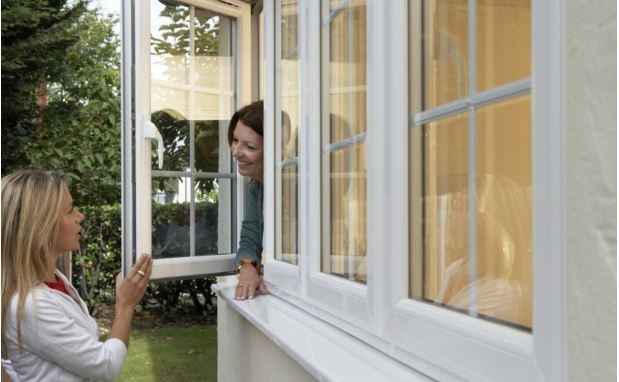
Here are some actions that you can perform to reduce condensation that forms on the inside of your window:
• Provide natural ventilation by opening a section of the window, through a trickle vent, or through an airbrick.
• Keep airbricks clear where they are installed.
• Open at least one window in every room for some part of each day, to allow a change of air to take place.
• Use extractor vents when cooking or bathing.
• Draught proof rooms that produce a lot of moisture (bathrooms and kitchens).
• Ensure that doors in bathrooms and kitchens are kept closed. This helps to prevent the transfer of air with a high-water content around the house. Do bear in mind though that air migrates all over the house, and there is little you can do to fully prevent this.
• Slightly increase the temperature of the air within the house, for example in cold weather keep some form of heating on in areas that suffer from condensation.
Double Glazing and Condensation Inside the Unit Between the Glass Panes
Condensation inside the unit, between the two panes of glass, means that the hermetic seal has failed. Double glazed and triple glazed glass units are airtight. If this seal breaks down, then air from the outside can leak into the unit. And as we have established above, air contains moisture. Once the seal on the unit has broken down, over time water will gather inside the unit and then when the temperature is right, it will condense on the inside panes.
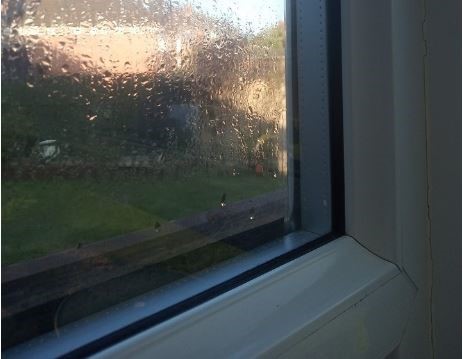
Once a unit has broken down, it needs replacing. Depending on the age of the unit, it may be covered under the warranty of the company who installed your windows and doors. Therefore, you may be able to have it replaced at no cost. However, if this has happened and your window is out of warranty, we can provide you with a free, no-obligation quote to replace it.
Double Glazing and Condensation Outside the Window on the Glass (External)
Due to recent technological advances in double glazing, certain weather conditions may allow for the formation of condensation on the outside of the window. This tends to happen on newer, energy-efficient windows and doors and is a result of better performing glass units. This is a natural phenomenon and actually is a great sign that your window or door is preventing heat loss from your home. As we mentioned earlier, water in the atmosphere always condenses on the coldest surface it can find.
Old windows are used to allow heat from your home to escape through the glass. Therefore, the external surface of your window would be too warm for condensation to occur. Energy-efficient glazing has a special transparent coating. This coating reflects heat back into your home and prevents it from warming the outside pane of glass. Therefore, as a result, the outer pane of glass does not get warmed up by the escaping heat. As it is cooler, it allows the condensation to form. It only occurs in certain conditions and is most common on clear, cold mornings in Spring and Autumn.
External atmospheric conditions cause external condensation. Therefore, little can be done to combat it. It will disappear as the atmosphere warms up by evaporating. But if you need to remove it sooner, then the use of a squeegee is advised. Note that the presence of double glazing and condensation on the outside of the glass is a sign that the glazing is thermally efficient and working as it should. It is not detrimental to the window and is not considered a fault. To speak to a member of our team about condensation on your double glazing, get in touch today!

